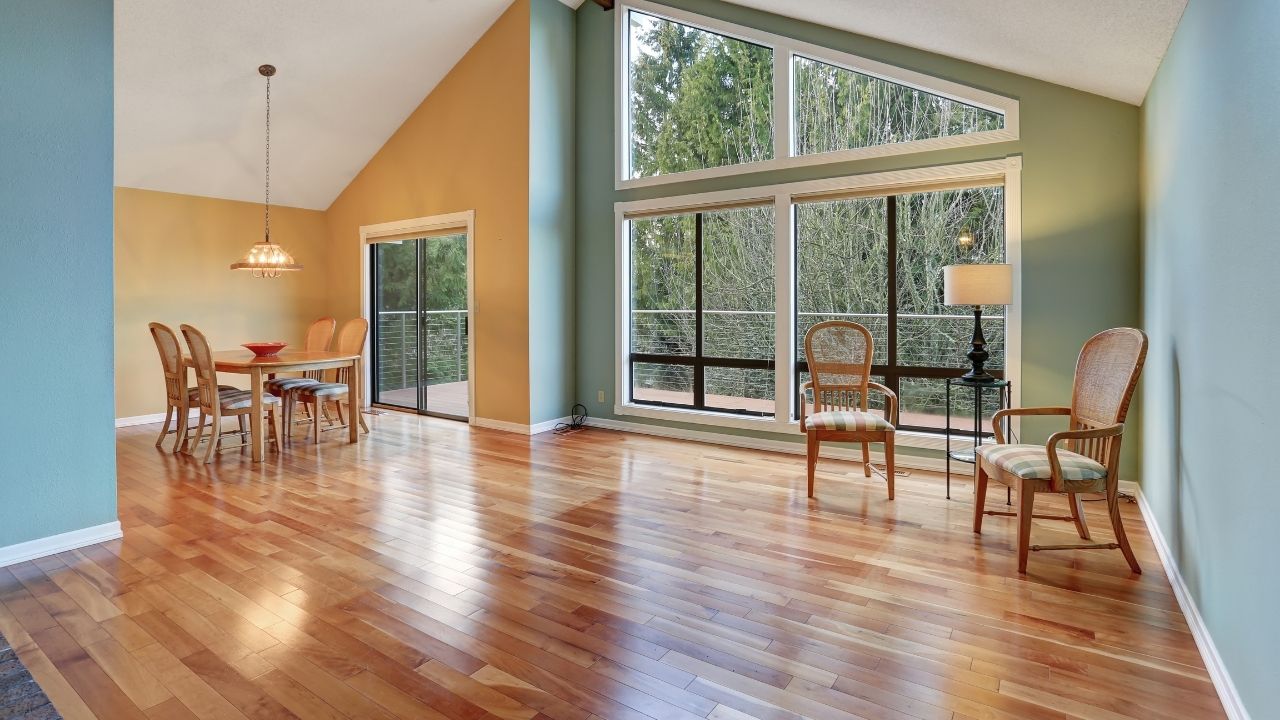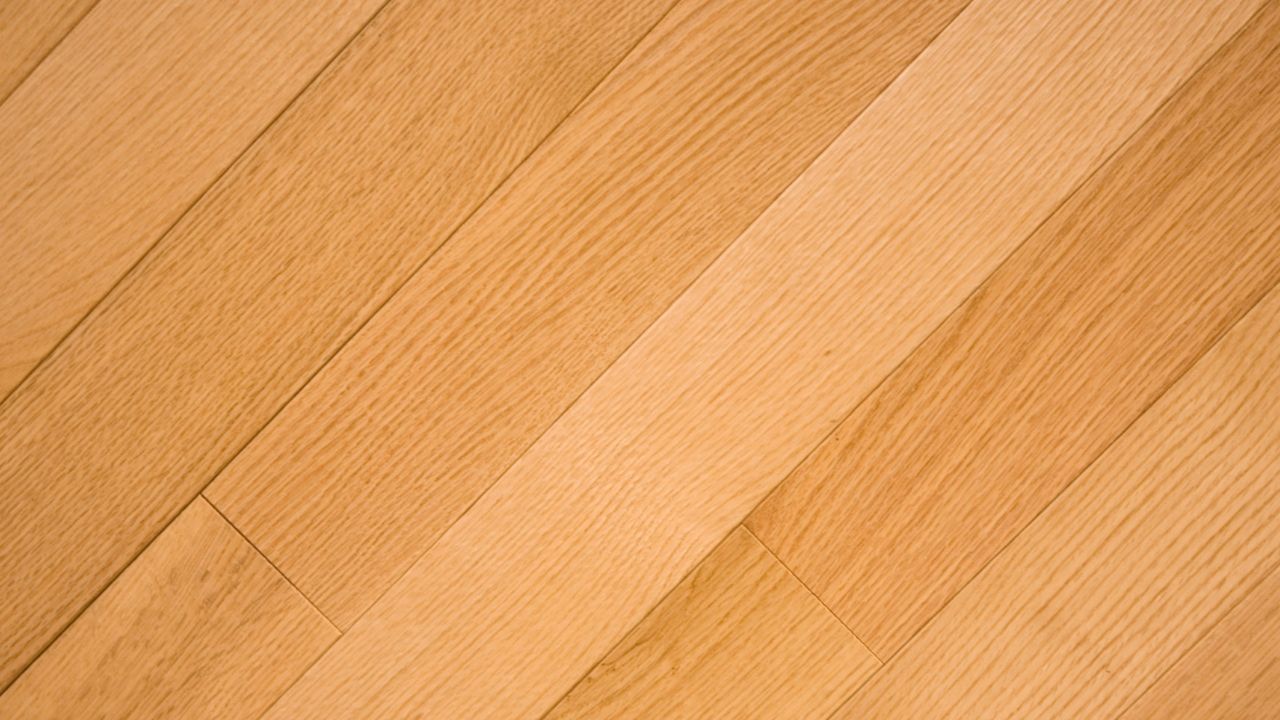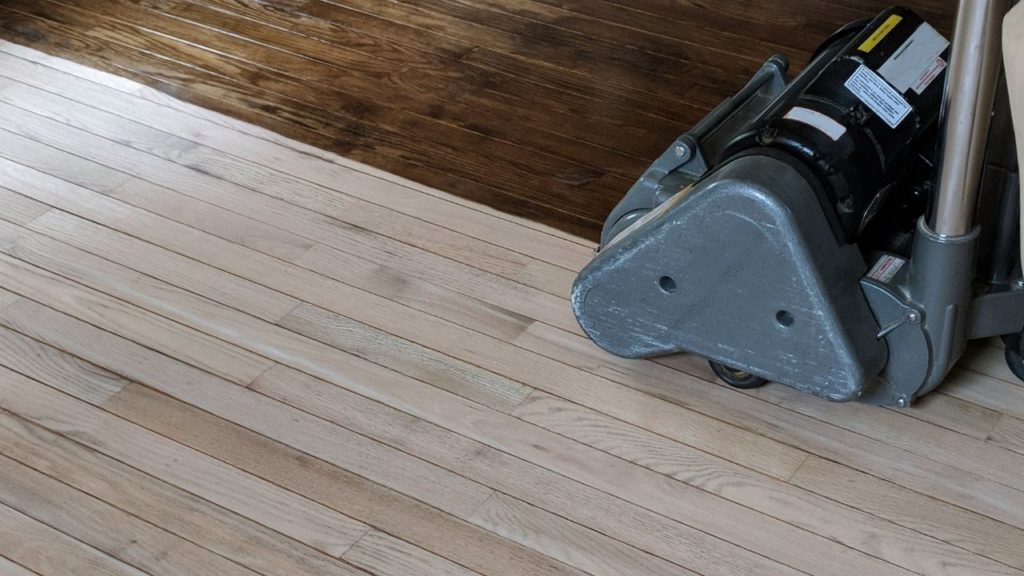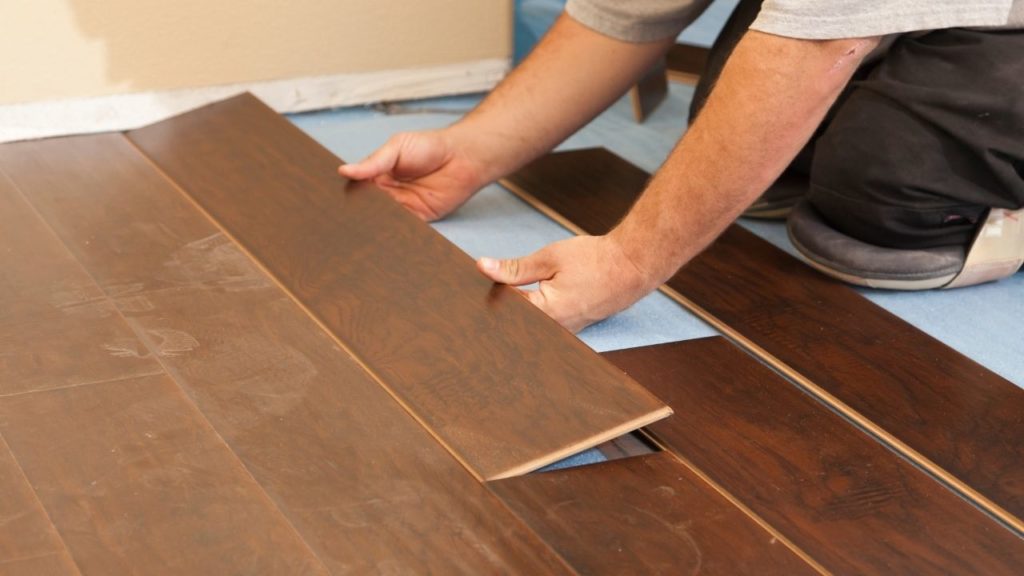
Types of Hardwood Floors: Learn the Pros and Cons of Each!
You can never go wrong with hardwood floors. They are one of the oldest flooring options, yet they are still among the most desirable flooring types. Whether your house has a classic, contemporary, or decor tone in between, you can find the ideal option from many wood species. So, we created this article to help you choose the best flooring option from the different types of hardwood floors.
When choosing the right type of flooring for your place, you should consider three main things regarding wood floors:
- Hardwood species
- Traditional or engineered
- Finishing
That’s why we’ll go over these three main points in this guide. That way, you’ll know everything there is to know about hardwood flooring. As a result, you can be sure that you’ll make a wise choice.
Top Hardwood Species for Your Flooring
First, you must know which are the main wood species you can count on for your floors.
Long story short, while there are multiple types of wood at your disposal for this sort of project, the most prevalent options are red oak, walnut, hickory, maple, and cherry.
Each species offers its pros and cons. Additionally, each one has its color tone, wood grain pattern, and lifespan.
Finally, you must consider each wood’s Janka rating, which determines its hardness. Usually, hardwood floors with a higher Janka rating are much more durable and resist wear and tear quite well.
For this reason, we’ll go over each of these species:
Red and White Oak Hardwood Floors
Oak is the old-time favorite for homeowners when it comes to hardwood floors. There are two main types of oak to choose from: red and white oak.
Red oak counts on a Janka rating of 1290, while white oak has a rating of 1360. Moreover, if you wish a warmer tone for your place, you should go for red oak. On the other hand, if you’re looking for a floor with a cooler tone, you should opt for white oak as it has gray undertones.
Hickory Hardwood Floors
Being one of the most durable wooden floors out there, hickory counts on a Janka score of 1820. As a result, this option works best for high-traffic areas. That’s why most schools use it for gymnasium floors. Its tones range from beige to brown.
Maple Wooden Floors
Maple is also another durable option. It has a rating of 1450, and it works great in most rooms. Moreover, it has a delicate grain pattern and counts on hues from light cream and tan to slight reddish undertones.
Maple floors go well with almost any type of style.
Cherry Hardwood Flooring
Cherry floors have a unique brown color and a smooth grain pattern. However, they have a Janka rating of 950. For this reason, it’s best to use this wood for low-traffic areas with low sun exposure.
Walnut Wood Flooring
Lastly, we have walnut flooring. If you’re looking for a deep, brown floor that resembles chocolate tones, then walnut flooring is your best bet!
Its Janka score is 1010, which makes it great for rooms with medium foot traffic.
Which Are the Main Types of Hardwood Floors?
Being one of the best home improvements you can give to your house, hardwood floors often bring a complete makeover to your place.
There are two main types of hardwood floors: solid hardwood flooring and engineered hardwood flooring. But when it comes to wood species, you can pick from oak flooring, maple, Brazilian cherry, hickory, walnut, ash, mahogany, teak, and pine. Here, we’ll help you choose the ideal floor type!
Solid Hardwood Flooring

Europeans began using solid hardwood floors in the 1600s. Click on this article if you want to learn more about the history of hardwood flooring.
Solid hardwood is real wood. And homeowners love it for its natural, unique, and warm beauty. Most wood species deliver that authentic charm, but you must choose the ideal type. The species of wood that you select will dictate the overall look of your floor.
For instance, when you compare white oak hardwood with the cherry floor, you’ll get different grain patterns, colors, wood texture, and durability.
So, it’s inevitable to find the ideal wood species that suits your design, house decor, and lifestyle needs.
The floor gets installed by interlocking pieces of wood that are called hardwood boards or planks. Hardwood planks vary in thickness, but most boards measure from 5∕16 to 3∕4 inches thick. This thickness allows homeowners to sand and refinishes the hardwood planks several times to restore their beauty.

As stated earlier, we would like to say something clearly: hardwood flooring is expensive and susceptible to moisture, cold temperature, and humidity.
We recommend installing hardwood planks in the living room, master room, and bedrooms. But you should avoid installing wood flooring when remodeling bathrooms, kitchens, or the basement.
Now that you know some pros and cons of solid hardwood, how does it compare to engineered hardwood flooring?
Engineered Wood Flooring

Engineered hardwood floor is manufactured by gluing three to four layers of wood together to create a thick plank. The plank’s core consists of a top and bottom layer of hard, natural wood called veneer.
This floor type is a good choice because you get the same natural beauty as the real thing. Also, it’s less expensive, and it’s a little more resistant to moisture than solid hardwood planks.
However, some downsides to engineered hardwood are the following:
- It can’t be sanded and refinished
- Engineered wood is not quite as lasting as solid hardwood
- It doesn’t add as much resell value to your home
So, if you have to choose between solid or engineered hardwood, your budget will be the decisive factor.
What’s the Difference Between Unfinished and Finished Floors?
Lastly, homeowners must consider their floor’s finish.
If you’re looking for a personalized stain before professionals finish your hardwood, then your best option is to go for an unfinished hardwood. This option also works great when looking for a way to match your existing floor’s color.
Moreover, unfinished floors work great for kitchens. It’s because the sealing process will help protect the boards’ seams. As a result, you’ll avoid water from getting in between the boards.
Unfortunately, this option takes more time on its installation. Not only that, but it also tends to be a bit more expensive.
On the other hand, prefinished hardwood is more affordable and faster to install.
Choose the Hardwood Floor that Suits Your House Decor and Lifestyle!
To sum up, oak flooring is a good choice. Also, you can root for maple and cherry hardwood floors. And if you have a big budget, you can choose some exotic species like teak. In the end, it would depend on the decor of your house, your taste, and your lifestyle needs.
We hope we helped you find your ideal option from the different species and types of hardwood floors. One last piece of advice: make sure the hardwood flooring you choose comes from sustainably harvested forests to be environmentally friendly.
Now, it’s time to buy the hardwood boards and get a flooring expert to install them. Later, you’ll enjoy the natural, unique, and warm beauty of your hardwood floors. Remember that Martins Bay Area is ready to assist you whenever you need to! Be sure to give us a call.
